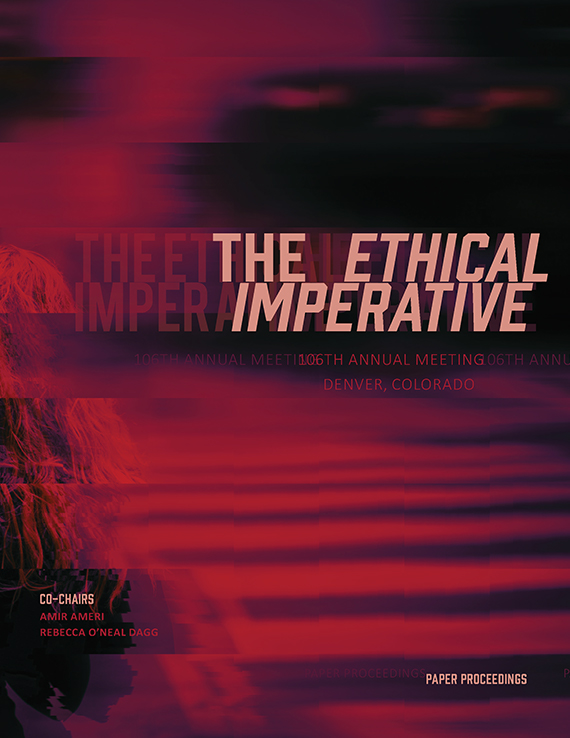Author(s): Geroge Barnett Johnston
The logic of design and building practice in this country can be best understood in terms of gradual shifts in the political economy of construction which issued from colonial times and outward into an advancing frontier. Over three centuries of settlement, pioneers and ostensibly self-sufficient settlers became a symbiotic society, both widely dispersed across the landscape and tightly concentrated in cities. They were comprised of property owners unable to simply build for themselves; and of crafts people building for others, whether for trade or through involuntary servitude, plying their skill in wood, brick, iron, and stone. The notion of an architect could issue from either side of that equation, but each formulation carried embedded relations of class and power, ones we still grapple with today. This paper examines the historical emergence of the idea of the American architect at the contractual intersection of builders’ means and owners’ ends.
https://doi.org/10.35483/ACSA.AM.106.63
Volume Editors
Amir Ameri & Rebecca O'Neal Dagg
ISBN
978-1-944214-15-9

 Study Architecture
Study Architecture  ProPEL
ProPEL 
